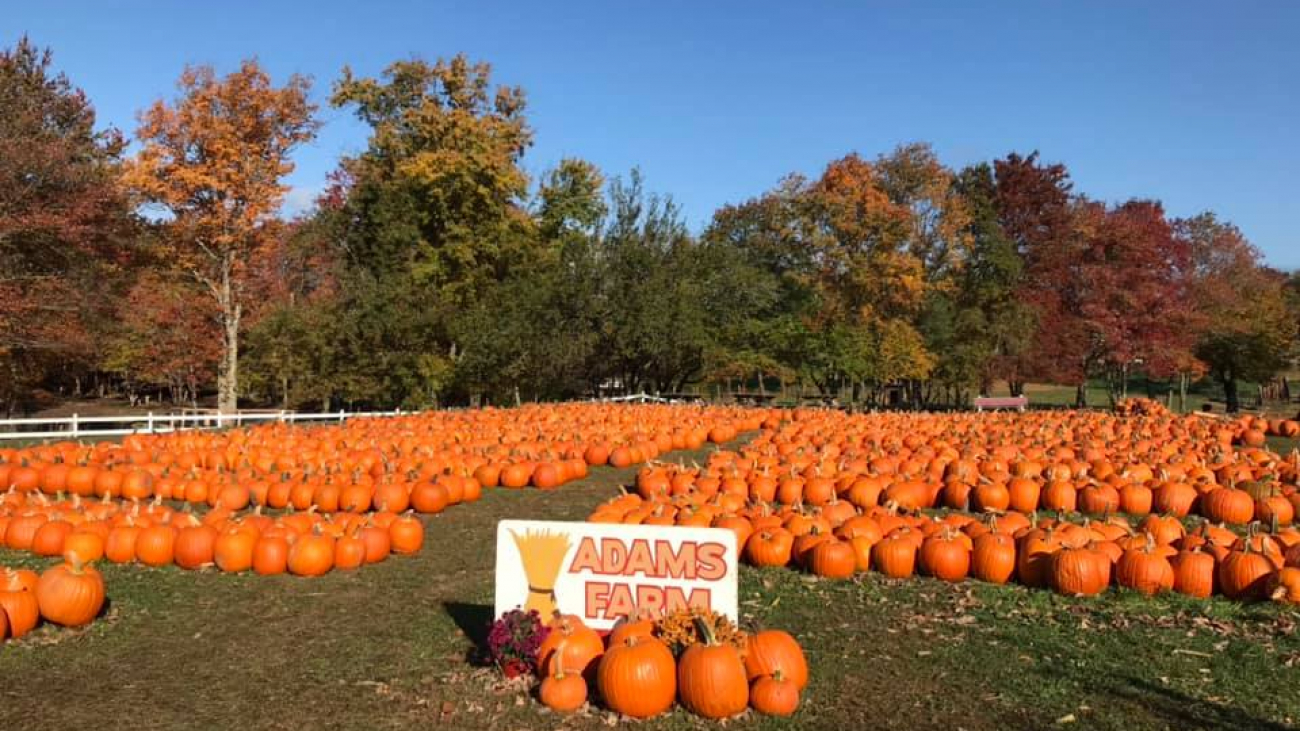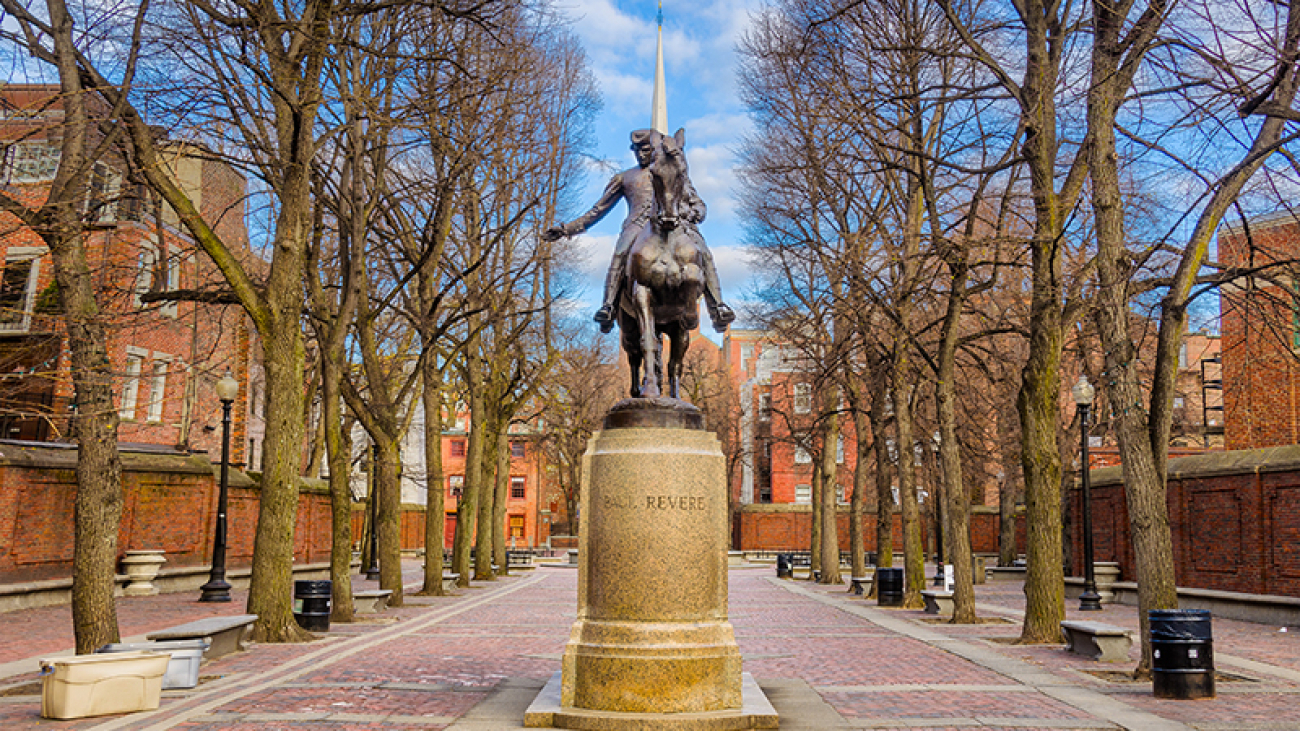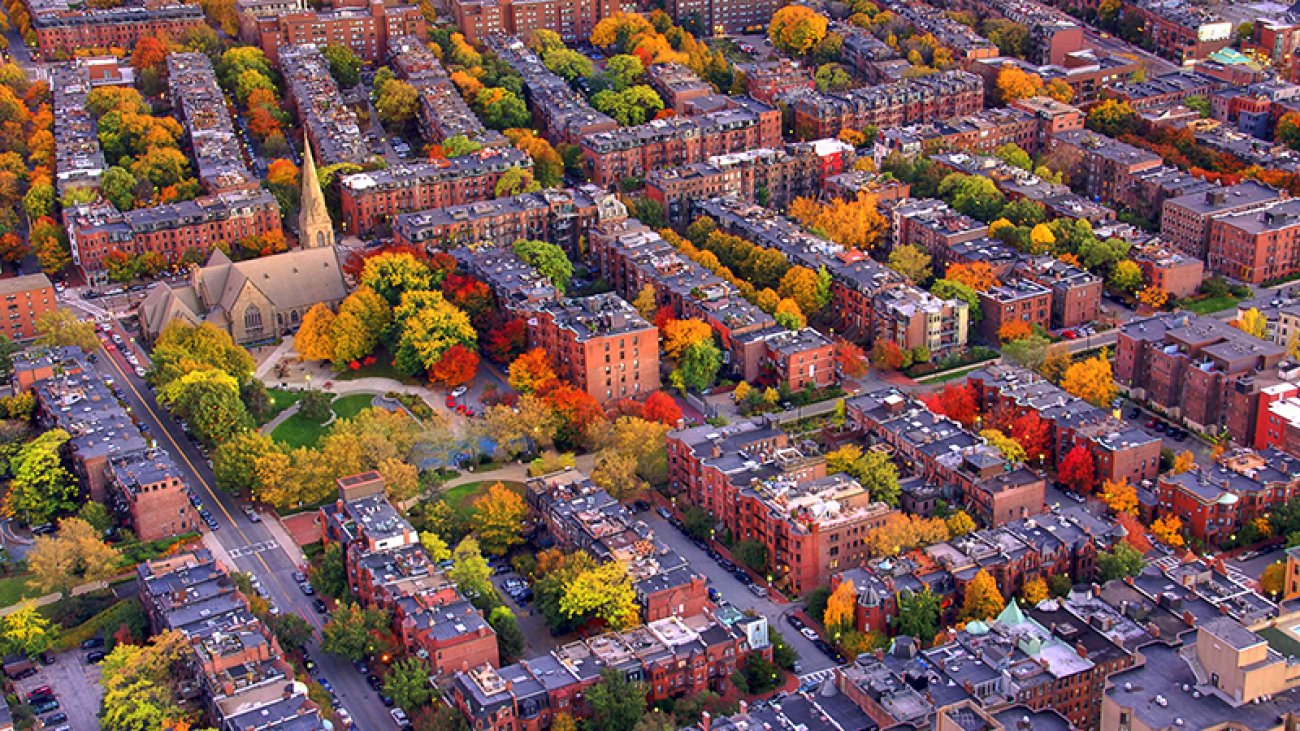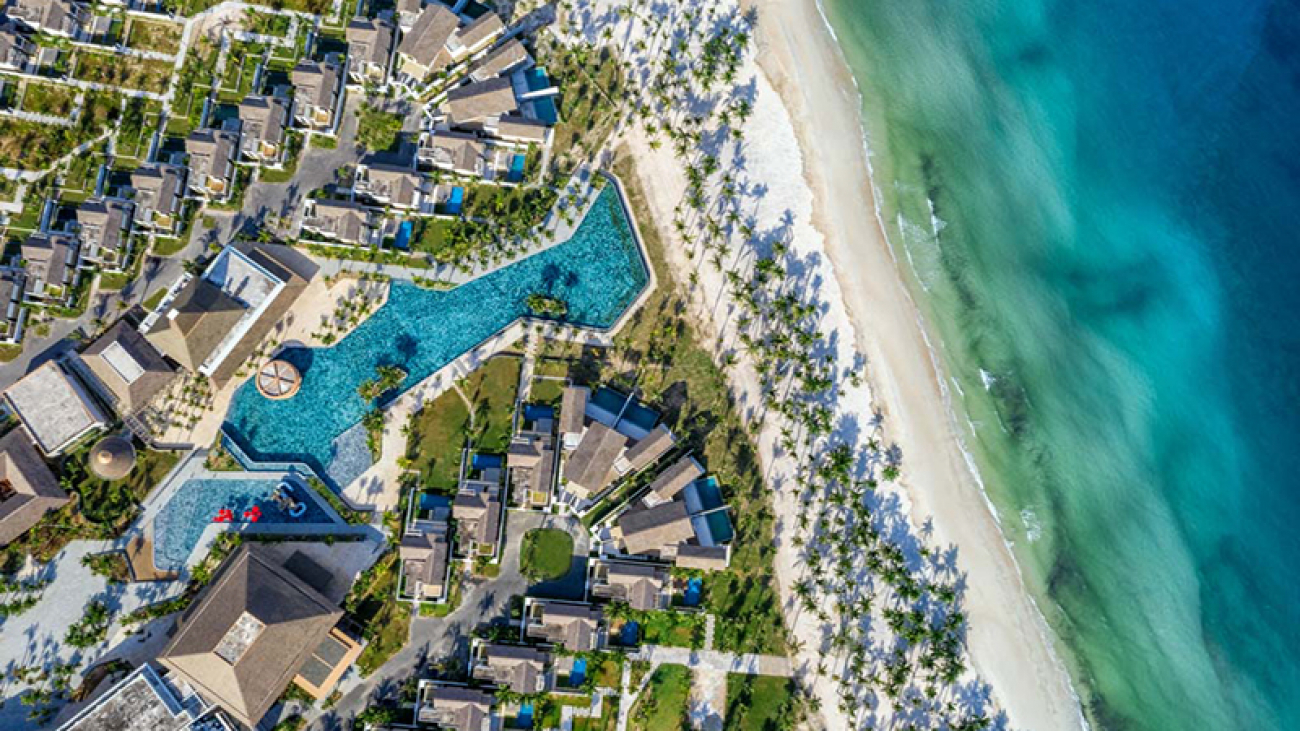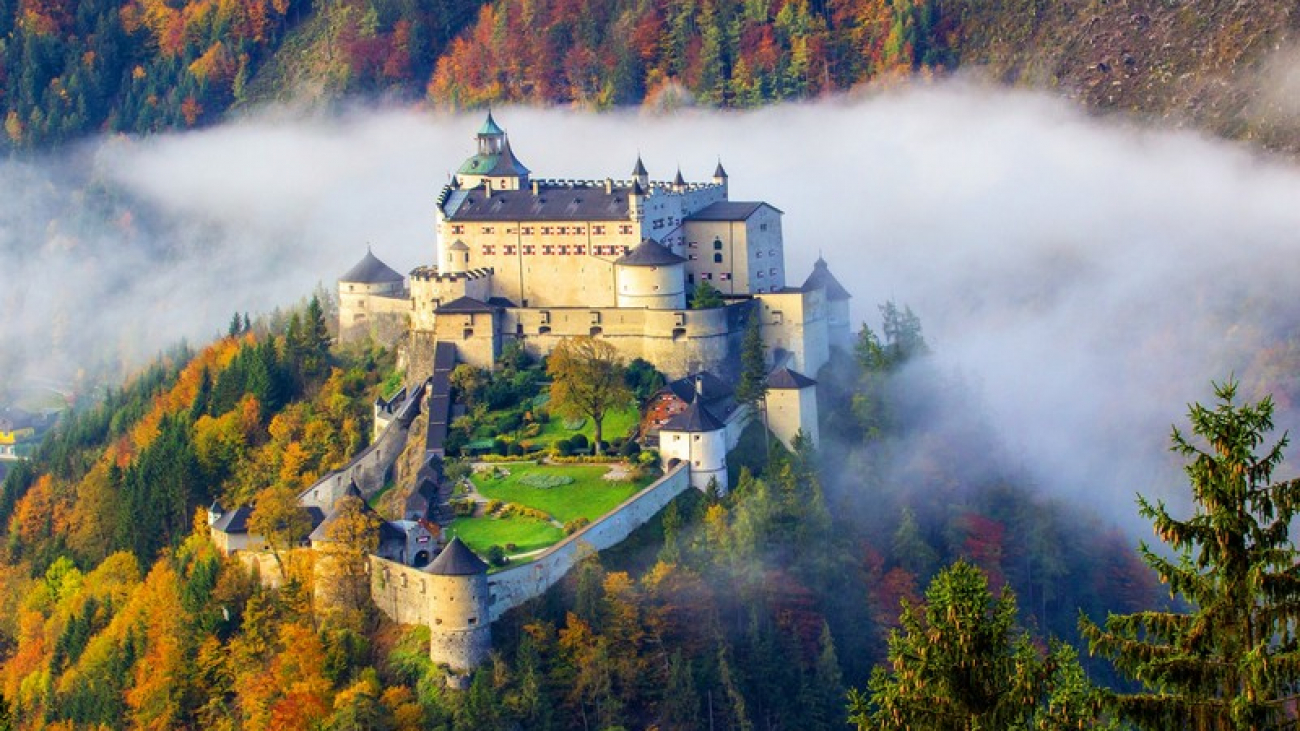Pumpkin picking season is upon us. While everyone has their favourite spot to grab the quintessential fall fruit, is the best spot across the U.S.
Qatar Airways is the World’s Best Airline in 2021
The most prestigious category in the 2021 World Airline Awards is given to Qatar Airway, marking its 6th time being voted as the world’s best airline.
Oregon this fall: Top 5 coolest outdoor adventures to enjoy
Outdoor adventures in Oregon this fall, why not? This is the best time of the year to indulge in such pleasant weather and admire the natural landscapes.
Visit Boston: 6 historical sites that should not be missed
A history buff would not miss a chance to visit Boston. Take a stroll to one of the oldest cities in the US with various historical landmarks.
Falling for fall in Boston: 5 Best spots for leaf-peeping lovers
Autumn is strolling into Boston! Watching the leaves turn in pleasantly cool weather, fall is the best time to wander around Boston.
Best Hotels – Resorts Awards 2021 are open for submissions
The Best Hotels – Resorts Awards 2021 has been officially launched. The awards are open for submissions until 30th October 2021.
6 useful applications for travel budget management
When you are trying to manage your travel expenses, some smartphone apps will help you organize your expenses faster and use it more economically. Take time to consult the following 6 useful applications so you will not have to worry about your next trip.
[rpi]
1. THE FIRST USEFUL APPLICATION IS KAYAK
Kayak is like a friendly and free “tour guide” who always accompanies you. The app contains almost all of the hotel information in the world.
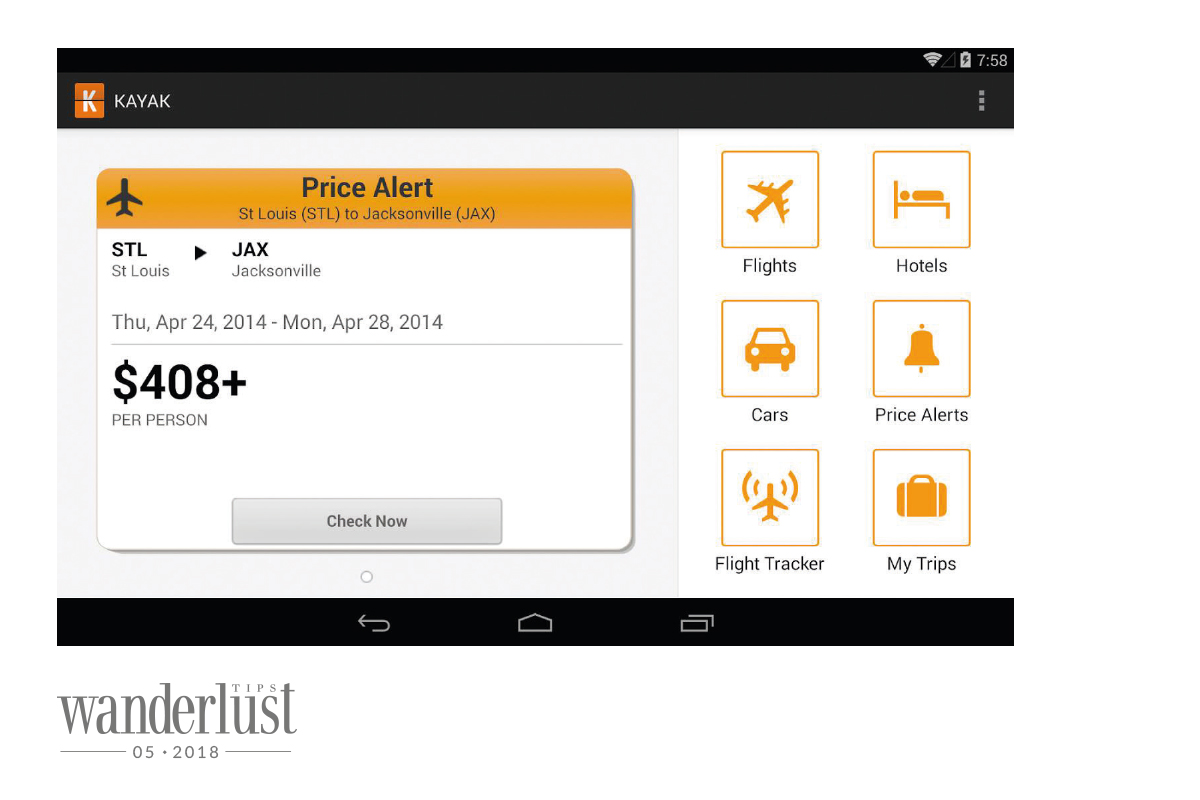
Users can utilize it to select destinations, book rooms and flights, rent transportation on arrival, save trip schedules, and get the information of flight routes. Or they can receive notifications on price changes, explore promotions on finding flights, or even contact the airlines directly to ask for information via the app. Finding the right ones among a large number of airline tickets and hotels is a real challenge.
But Kayak can make it easier for you. One of the remarkable advantages of this application is the ability to filter information even when keywords are extremely long and specific. It’s a great way to make sure your money is spent properly without being wasted. This search engine offers hundreds of websites and analysis to find the best solution for you. You only need to compare the prices and choose the best route. Kayak has attracted over 212,000 loyal users. Kayak is supported on both iOS and Android operating systems.
2. TRAIL WALLET
This useful application has been created by the owner of the popular travel blog Simon-Erin Never Ending Voyage and other travel enthusiasts. Trail Wallet allows you to record your expenses and set a daily budget limit. You can easily manage your expenditures for each trip or each month. The application also analyzes your consumption habits to plan a budget for the future.
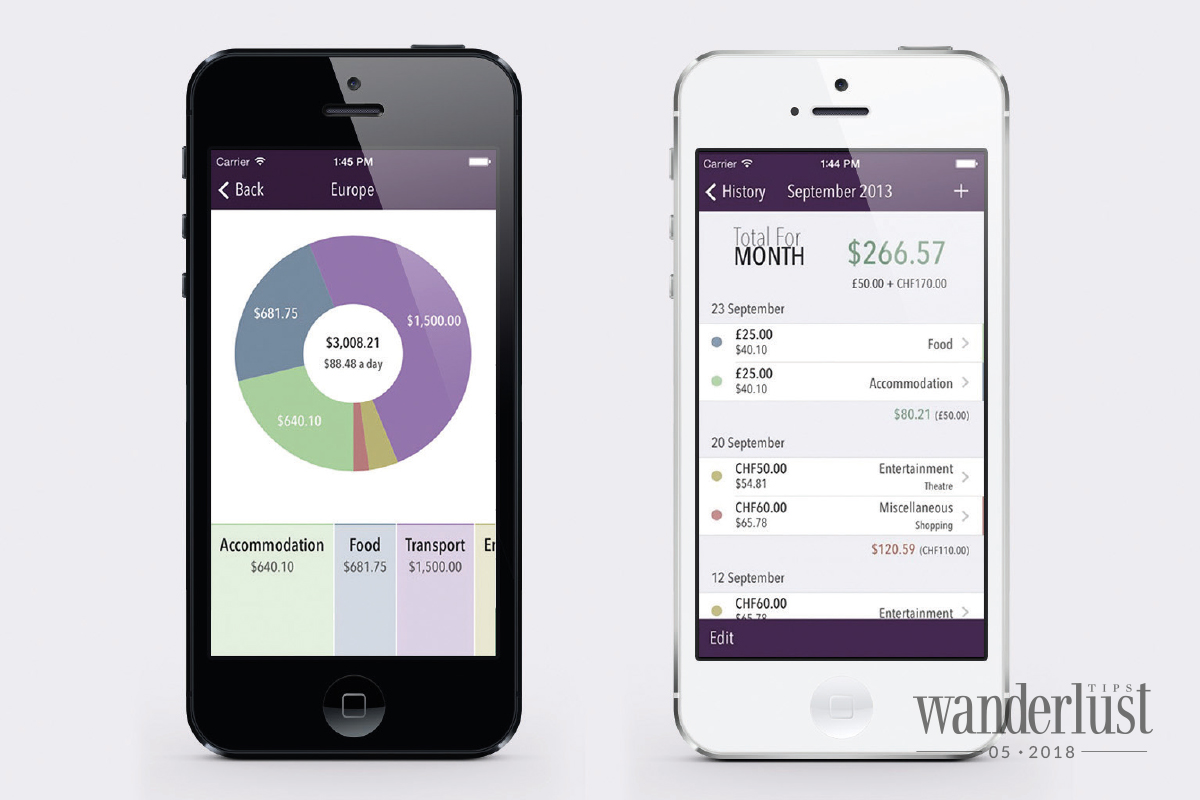
Whenever spending money, you can use the application, add the money you just used, as well as set different colors to distinguish each type of cost. At the end of the trip, you will receive a chart summarizing your expenses. If the expenses exceed your planned budget, your application will send you a notification. With its superior features, the first version of Trail Wallet has earned the trust of more than 150,000 users and is one of the budget management applications that are easy to use for everyone. Trail Wallet is supported on the IOS operating system.
3. TRIPCOIN
Think of using Tripcoin when travelling to a place that does not have an Internet connection. This useful application allows you to quickly see all of your day-to-day expenses, compare actual expenses with your initial budget and suggests the most reasonable options to spend money without connecting to the internet.
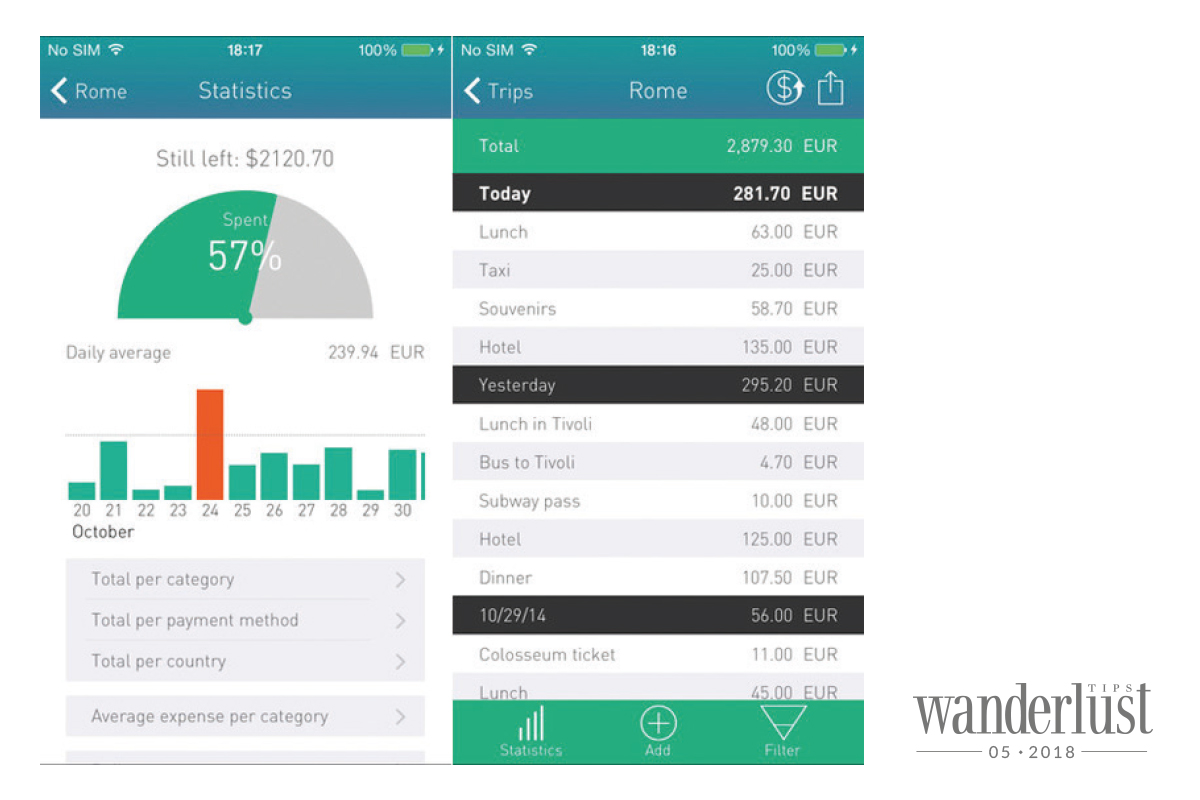
Tripcoin helps you understand your consumption habits when travelling so that you can estimate your budget and spend your money effectively. The application also has a currency exchange function with more than 200 units and up-to-date exchange rate. In addition, this application has the function to set a daily budget or total cost per trip, export data to an Excel/Google sheets or report as an image. Tripcoin is being used by more than 105,000 users and is one of the most popular applications for travellers. Tripcoin is supported on IOS.
4. TRABEE POCKET
This useful application is mainly used to maintain and calculate expenses while you are travelling to ensure that it remains within the planned budget. Trabee Pocket helps you quickly check the amount of money spent, the amount you should spend. It also acts as a currency converter. One of the best features of this app is the ability to classify your purchases as by cash or credit cards, which can be especially useful if you are using postpaid credit cards. At the end of your trip, you can upload a report on the times you use your credit card to calculate the money you’ve spent. More than 100,000 people have trusted and chosen Trabee Pocket. Trabee Pocket is supported on two operating systems iOS and Android.

5. SPLITWISE
All of the useful applications above share the same functions of keeping receipts and tracking costs for travellers. However, if you are travelling in a group and need to subdivide expenditures for each person, Splitwise will help you. Just set up a new trip and add the number of people going with you on the application, and it will track each person on the list you’ve provided. By the end of the trip, things will be easier to resolve; you just need to use Paypal or Venmo to access the application to transfer money. Splitwise is smart enough to handle difficult expense splitting, such as splitting invoices at restaurants. However, Splitwise does not handle money transfer at the current exchange rate like other above applications, but if this function is not necessary for you, then Splitwise is the most useful application for your financial digital tools collection. Splitwise is gradually gaining more reputation with more than 1,000,000 downloads from both operating systems. Splitwise is supported on two operating systems iOS and Android.

6. CONCUR
Concur may not be suitable for family and friends trips, but this useful application is a smart choice for those who often go on business trips. If you must constantly travel, have appointments with customers and partners, or go to conferences by public transport, you must record all of the expense spent on business purposes so that the company can reimburse you the costs. Concur will do it for you. This application keeps track of all expenses so that the company knows how much you have spent and the total amount they owe you. A new feature is that you can upload expense reports right on the application so your supervisor can keep track directly. Using Concur makes it easier to collect receipts and make reports. It also attracts more than 1,000,000 downloads, but sometimes this application also makes you feel uncomfortable when having to download reports continuously, so it is recommended to do it at the end of the trip. Concur is supported on IOS operating system.

Wanderlust Tips
The 6 best pastries in Vienna, Austria that are worth a try
From a high-end patisserie to a small corner bakery, a tempting array of pastries and cakes in Vienna will satisfy even the sweetest of teeth.
The 7 most stunning castles in Austria that will blow your mind
If you are avid of art and unique architecture, these 7 most stunning castles in Austria will definitely have you falling in love at the first sight.
Embrace the majestic beauty of Angkor Wat
These days, seeing sunrise at Angkor Wat means jostling the crowds and dodging death by selfie-stick. However, it’s well worth it if you’re lucky enough to catch a beauty, with the sky plunging into a palette of color as the sun peaks from behind the iconic temple’s spires.
[rpi]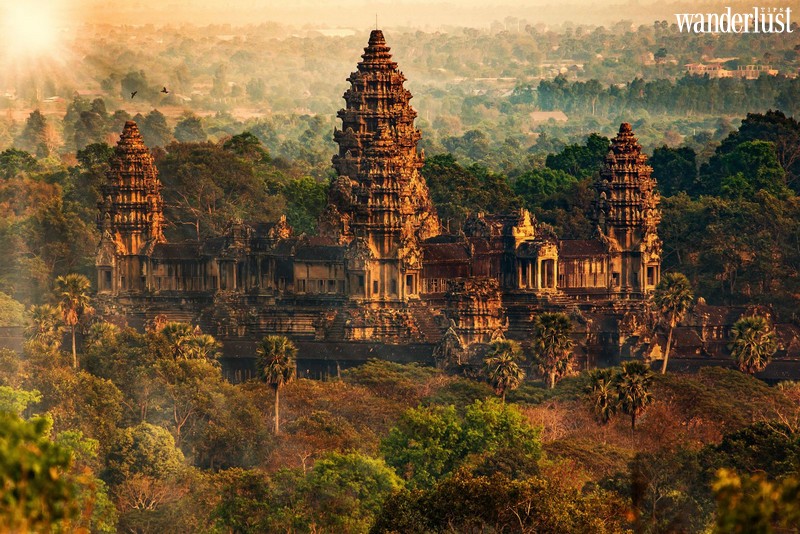
Angkor Wat is the prized temple and showpiece of what is now known as the Angkor Archaeological Park. The city of Angkor itself was built in the 12th century to be an unparalleled Khmer capital for King Suryavarman II. When built, the ancient city extended over 400 kilometers, which makes it the largest pre-industrial city in history. While guesses about the city’s population vary wildly, some prominent historians suggest that the population could have been as high as one million people. Mysteriously, archaeologists are still unsure of what actually happened to this vast empire and its people.
WHEN TO GO
As a tropical Southeast Asian destination, Angkor doesn’t experience four seasons but more of a pattern of dry and wet seasons. That being said, the temperature does vary throughout the area, going from mild and pleasant to hot and humid. Ultimately, the best time to visit Angkor is when it is both cool and dry which means the months of November through March. Naturally, this is also the peak of tourist season in Angkor Wat and Siem Reap so consider the time carefully if you’d want to avoid the crowds.
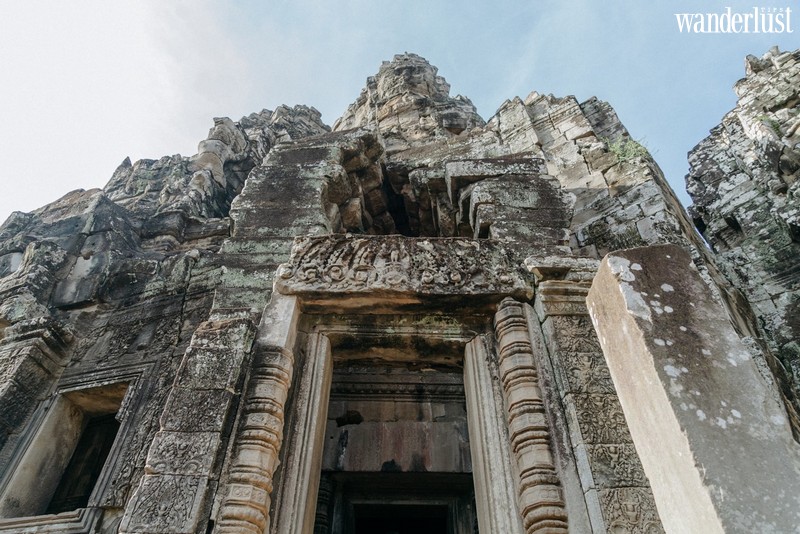
Outside of those months, you may have to deal with the heat, monsoon rains, or both. Angkor is at its hottest from April to June and sightseeing in the early afternoon can be draining, especially by bicycle. The heavy rains from May through October shift from sudden downpours to more constant rain as the months go on, which is also not the best conditions for sightseeing, especially on minor dirt roads. Coming out of peak season has its advantages though, from fewer tourists at the temples to more affordable room rates in Siem Reap.
HOW TO GET AROUND
By Tour Van
As the most comfortable means of seeing Angkor, sightseeing with a tour van is also the most expensive option. Sitting inside an air-conditioned van, you’ll comfortably get from Siem Reap to Angkor and then go from one temple to the next. As you go around, you’ll have a tour guide explaining the history behind each of the places you visit. Costs will vary depending on what is included and whether you choose a private or shared tour.
By Tuk Tuk
If transport is all you’re after then hiring a tuk-tuk for the day is a great way to see Angkor. The driver can take you from one temple to the next and wait around while you go see the temples. What’s more, you have the freedom to customize your visit to suit you as you go along. Sightseeing with a tuk-tuk offers a great balance between cost and convenience, and hiring one for the day should cost around $15-20 depending on your negotiation skills.
By Bicycle
If you prefer to be active as you sightsee, then you might want to consider renting a bicycle for the day. For a few dollars, you can pedal your way over to Angkor from Siem Reap and go about as you please along the flat roads. Although the cheapest option, it’s also the slowest and can be really tough when the weather is hot. Keep in mind too that cycling through traffic in Siem Reap after sunset is not advisable.
WHERE TO STAY
J7 Hotel

A 5-star hotel with huge rooms that have been gorgeously appointed in wood. Besides excellent service, guests can expect complimentary breakfast and a private balcony area. While all guests have access to the outdoor swimming pool, some rooms even have private outdoor jacuzzis.
Damrei Residence & Spa
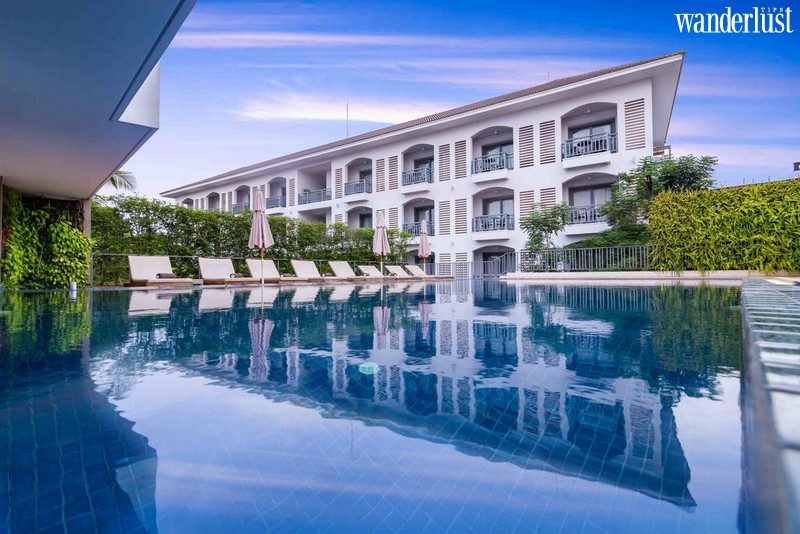
It’s hard to find better value for money than at this surprisingly affordable 5-star hotel. While there is a swimming pool and on-site bar and restaurant, the beautiful and spacious rooms, as well as the staff and breakfast really make it one of the best places for accommodation.
Onederz Siem Reap
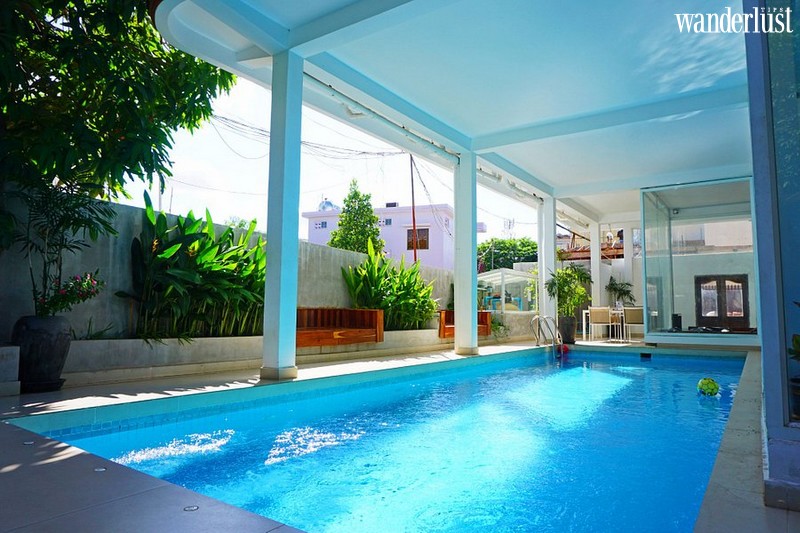
Just a short walk from Pub Street and the center of town, staying at this hostel you’ll be able to enjoy the service from the friendly staff, and the clean, comfortable rooms. Not to mention the awesome rooftop pool where you can watch the spectacular sunset.
BEST PLACES TO VISIT
Angkor Wat
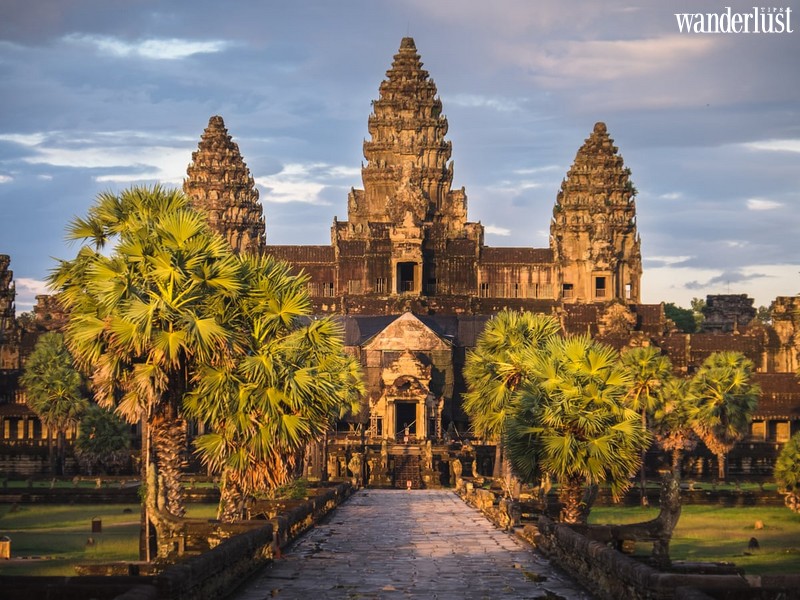
This temple was built by Suryavarman and is considered the biggest Asian pyramid. It is over 200 feet high and divided into several layers. This temple is the largest in the whole complex and is where the historic site gets its name. The central temple complex has 2,600 feet of bas-reliefs.
The Bayon
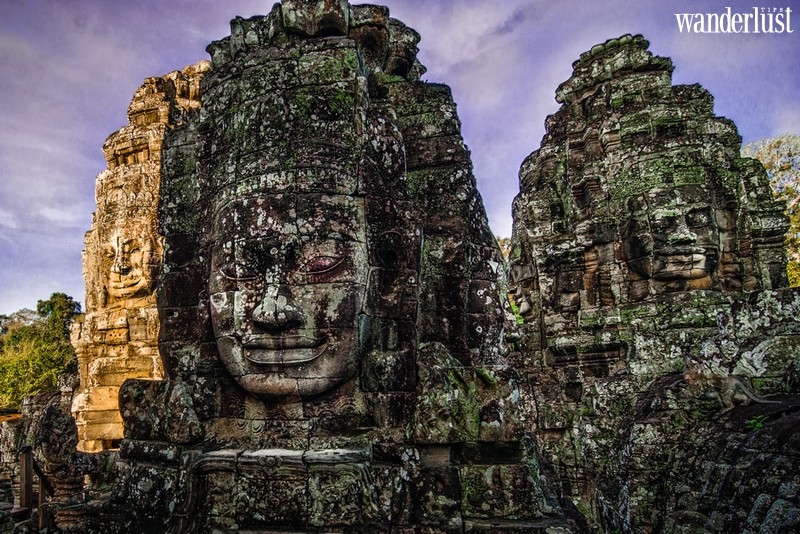
Built by Jayavarman VII, the temple stands in the center of Angkor Thom. With its 54 towers and 216 faces of Avalokiteshvara, this temple looks best in the morning just after sunrise or at the end of the afternoon. The temple was built on 3 levels: the first 2 are rectangular, while the 3rd is circular.
Ta Prohm
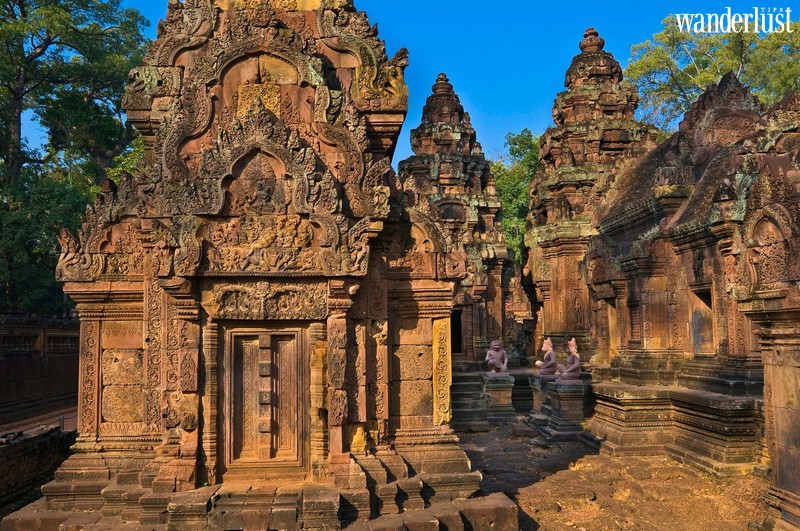
Still covered by the jungle, this place is exactly as they found it. Ta Prohm makes it easy to imagine how the whole complex looked when it was re-discovered in the 19th-century. If you come early, you can avoid the crowds who arrive mid-day. It’s the second-best complex behind Bayon.
Banteay Srei
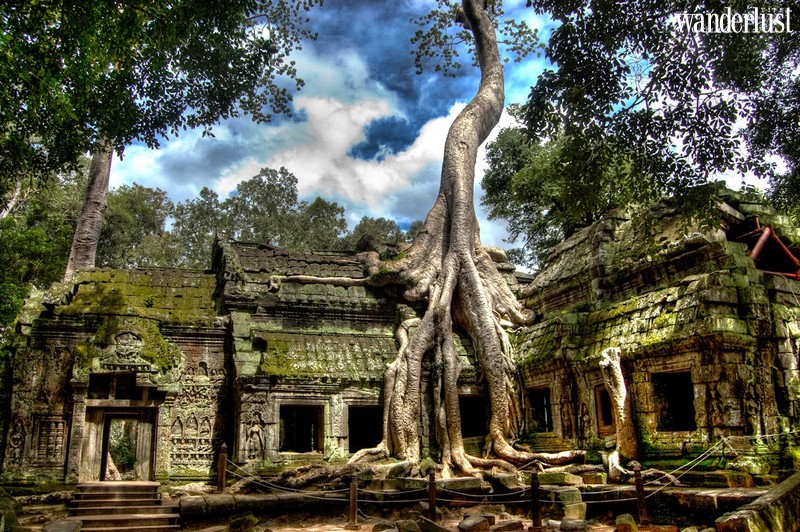
This temple is located about 12 miles north of Angkor. The name means “Citadel of the Women” and refers to the size and delicacy of the decoration. Unlike the major sites at Angkor, this was not a royal temple. There are exquisite decorative carvings in pink sandstone with miniature proportions.
Ta Som
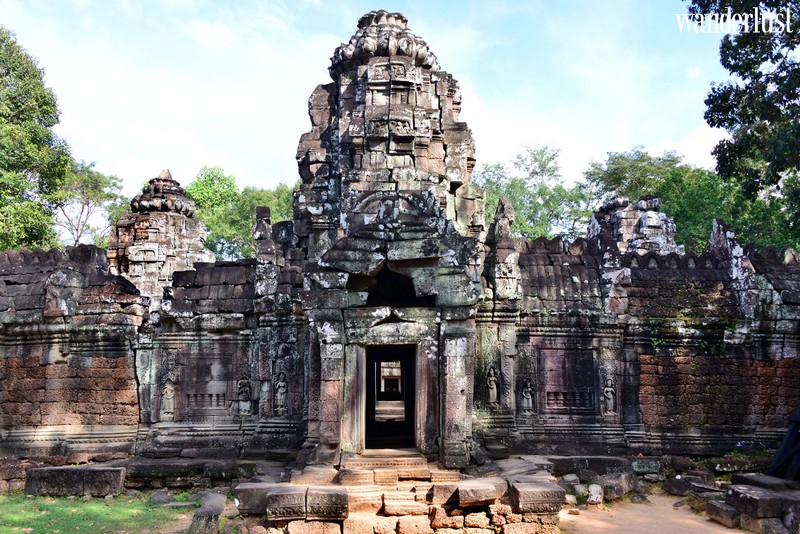
This temple has the same style, structure, and founder as Ta Phrom. It is almost like its little brother. The major feature that sets it apart is a huge tree that grows atop the eastern Gopura. It is slowly destroying the building, but it makes for amazing photo opportunities.
WHAT TO EAT
Bai Sach Chrouk
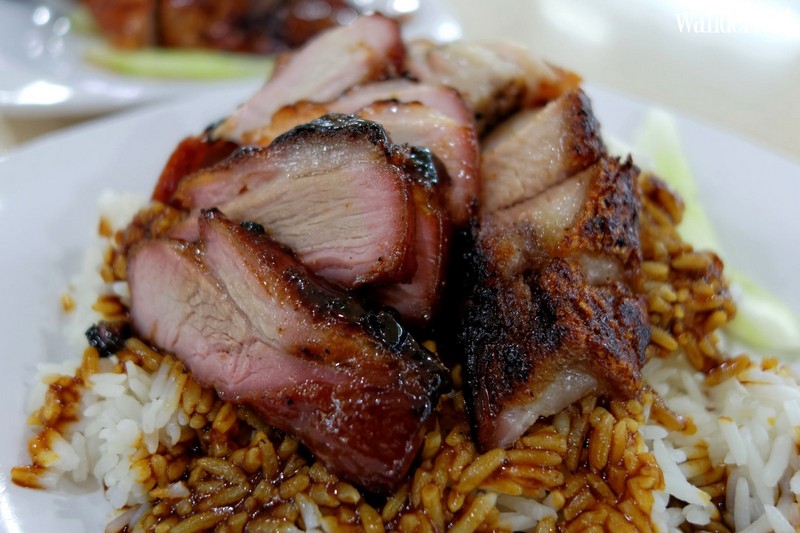
Bai Sach Chrouk is sold by roadside food stalls and local markets in downtown Siem Reap for less than US$1. This simple yet popular Cambodian breakfast staple comprises juicy pork slices, scrambled eggs, and rice.
While the dish typically calls for raw pork that’s slow-cooked over a charcoal stove, there are several Khmer restaurants that marinate the meat with coconut milk or garlic for added flavor.
Once it’s cooked, the pork is thinly sliced and arranged atop a bowl of broken rice, sliced scrambled eggs, pickled cucumbers, and daikon radish. A bowl of chicken broth, scallions, and fried onions are also served together with Bai Sach Chrouk.
Fish Amok
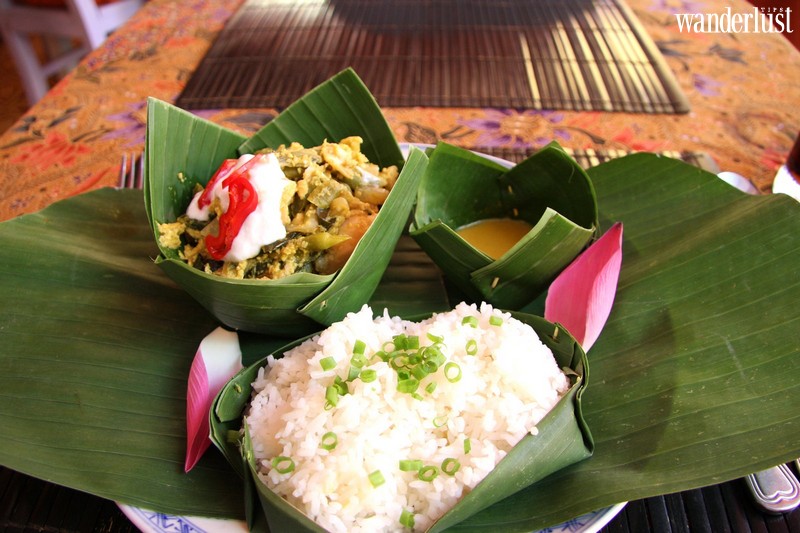
Fish amok is a freshwater fish fillet that’s steamed with curry and banana leaves, resulting in a soft mousse-like texture. Unlike most curries in Asia, it exudes a fragrant flavor rather than a spicy one due to the combination of coconut milk and kroeung, a Khmer-style curry paste that contains garlic, lemongrass, turmeric root, Chinese ginger, kaffir lime, shallots, and galangal.
Fish amok is traditionally eaten during the Water Festival, but travelers can enjoy this classic dish (with a big plate of rice) any time of the day at local restaurants in Siem Reap.
Lok Lak (Stir-Fried Beef)
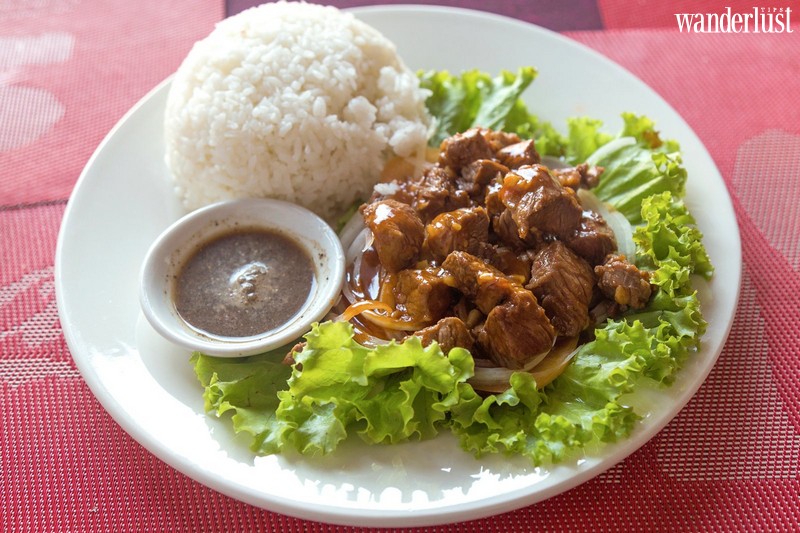
Lok lak or stir-fried beef varies from one cook to another, but it’s usually accompanied by fresh lettuce, tomato, red onion, and cucumber slices. To produce its distinctive flavor, the meat is marinated overnight with a unique combination of fish sauce, soy sauce, lemon, pepper, and oyster sauce.
If you’re not a fan of beef, most restaurants can easily substitute it with venison, pork, chicken or even tofu. As with most local dishes in Siem Reap, Lok Lak is served with rice, fried egg, tangy brown sauce, and a side of fresh lettuce leaves.
Prahok Ktiss (Pork Dipping Sauce)

Prahok Ktiss is a traditional condiment in Siem Reap which uses fermented fish paste as its main ingredient. While most prahok-based dishes have a very strong, pungent flavor, this dipping sauce is palatable to most visitors thanks to the addition of sliced pork belly or minced pork, eggplant, coconut milk, and kroeung (Khmer curry paste).
Served with plenty of freshly sliced vegetables such as carrot, cabbage, cucumber, and long beans, prahok Ktiss is typically enjoyed as a snack or side dish to noodles or rice.
BEST THINGS TO DO
Admire the majestic beauty of the Angkor temples
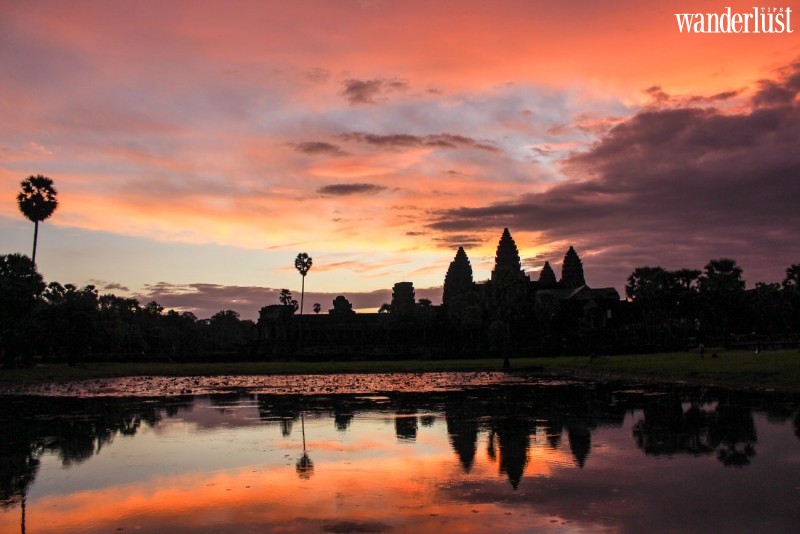
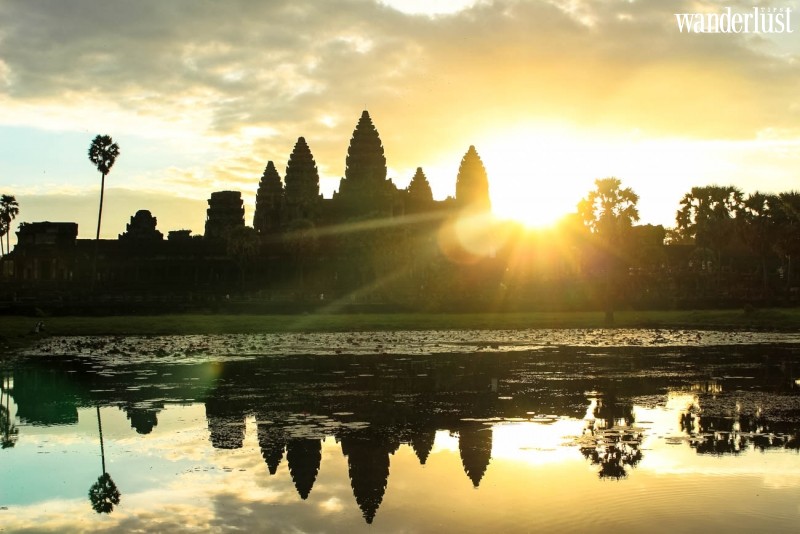
Begin your trip with a visit to the enigmatically iconic Angkor complex. Despite many other things to do in Siem Reap, a visit to the Angkor temples is still priority number one. And a full day at Angkor absolutely doesn’t disappoint. Spread over at least 390 square miles, this massive complex is considered the world’s largest religious monument.
Once inside, you can find many beautiful towers and artwork with the classical style of Khmer architecture, which makes it a popular tourist site. The best time for photography is sunrise at Angkor Wat, so you should plan to go early and be sure to make it to Bakan Sanctuary – the temple-top viewing area closing at 5h30 pm. Because the scale of Angkor Wat is overwhelming, plan at least half a day to explore the whole complex.
Pay a visit to the Landmine Museum
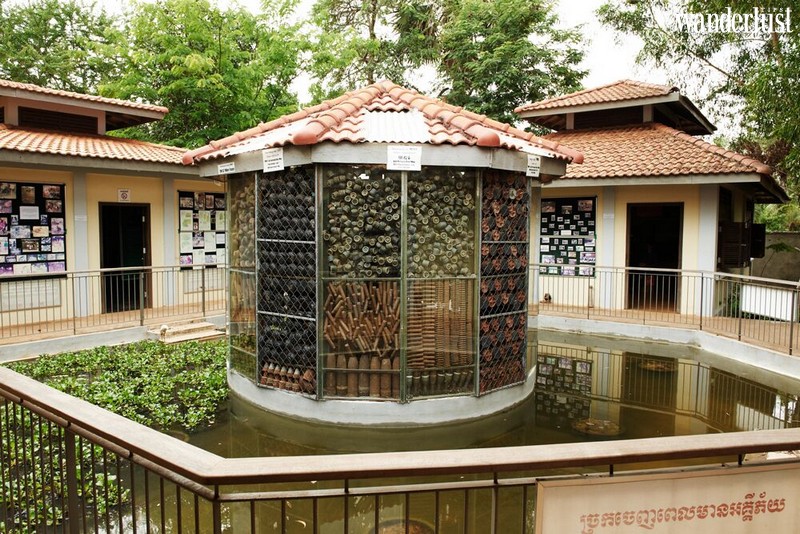
About 25 km north of Siem Reap, The Landmine Museum is a perfect choice for those who want to learn more about Cambodian history. The museum was founded by a former child soldier whose parents were killed by the Khmer Rouge. It houses a unique collection of landmines and tanks, which have been left behind by more than two decades of conflict. In the present day, there are still 4-6 million pieces of unexploded landmines and remnants of war – left in the ground here.
The entrance fee of $5 is to help victims affected by landmines. You can book guide tours every Monday, Tuesday, Thursday, and Friday from 9 am to 3 pm, in English and Japanese.
See Authentic Life at Kampong Phluk floating village
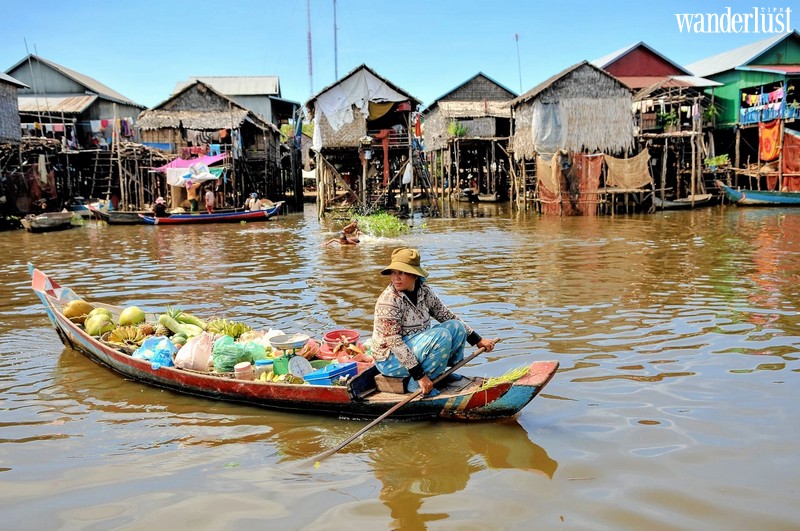
If you want to escape from the touristy Siem Reap, then head to one of the nearby floating villages for a touch of authentic local life. About 16 km southeast of Siem Reap, Kampong Phluk is a fishing village built on stilts around Tonle Sap, Cambodia’s largest lake. Till now, only a few tourists have made the journey to Kampong Phluk, which helps the village retain much of its authenticity. While visiting, you’ll see what a traditional fisherman’s life is like over water. They are busy doing laundry, cooking, or fishing on the wooden boats. The only way to reach the village is by boat with the price of $18 per person.
Wander through the Angkor National Museum
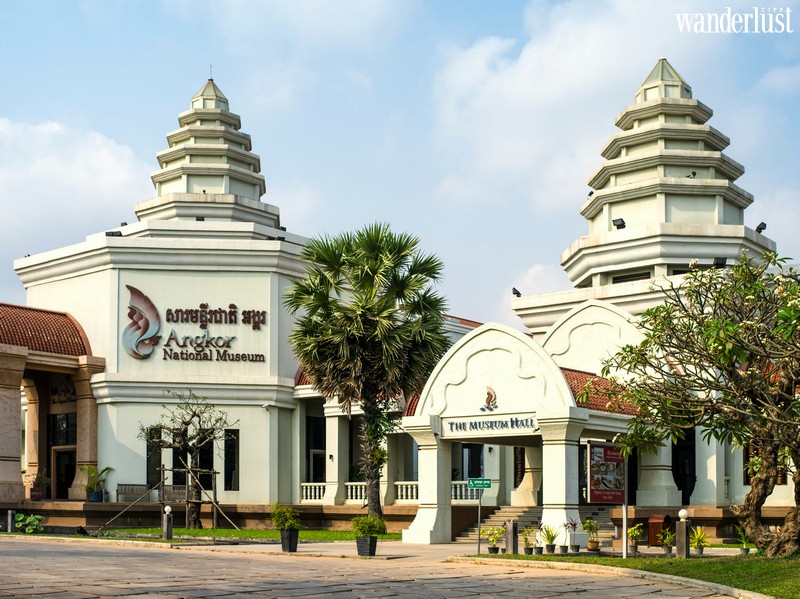
Opened in 2007, the Angkor National Museum is considered “the jewel” of Cambodia, as it is home to a comprehensive collection of relics from the ancient Angkor Empire. The highlight of the museum is a gallery of 1000 Buddha images and hundreds of sculptures of wood, jade, and metal. All are put together to tell a coherent narrative of the Angkor Empire’s beginning and eventual downfall.
When you’re done visiting, stop by the Museum mall along the northern side of the museum. There is a variety of locally-made silks, lotus fiber cloth, and lacquerware that you can buy to take back a little part of Angkor.
Eat bugs at the Old Market
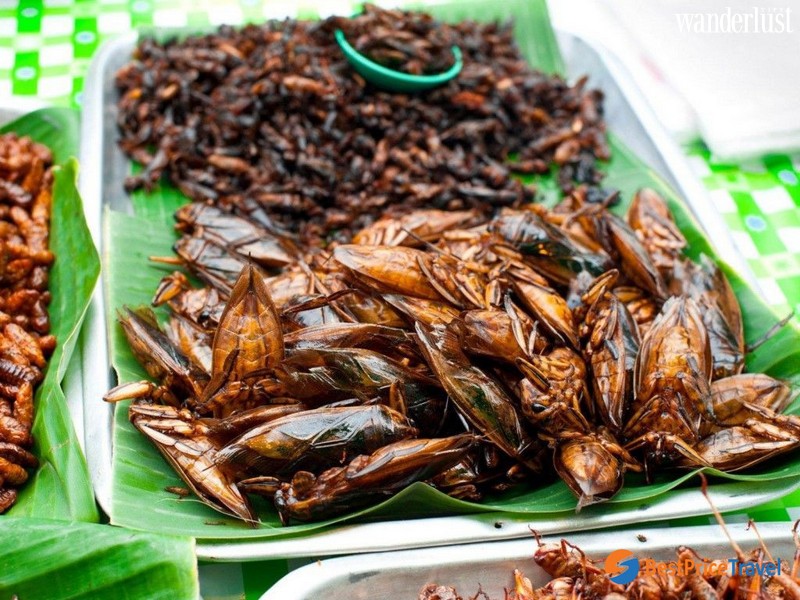
Opening Hours: Daily 7 am – 8 pm
Locally known as Psah Chas, the Old Market is the oldest Khmer market in Siem Reap, where you can get a feel for a real Cambodian market. Most of the locals come here to shop for a wide array of fresh vegetables, seafood, meat, and household items. There’s also a number of stalls located close to the entrance that offers traditional souvenirs like silverworks, T-shirts, sculptures, jewelry, handbags, and art…
Wanderlust Tips


